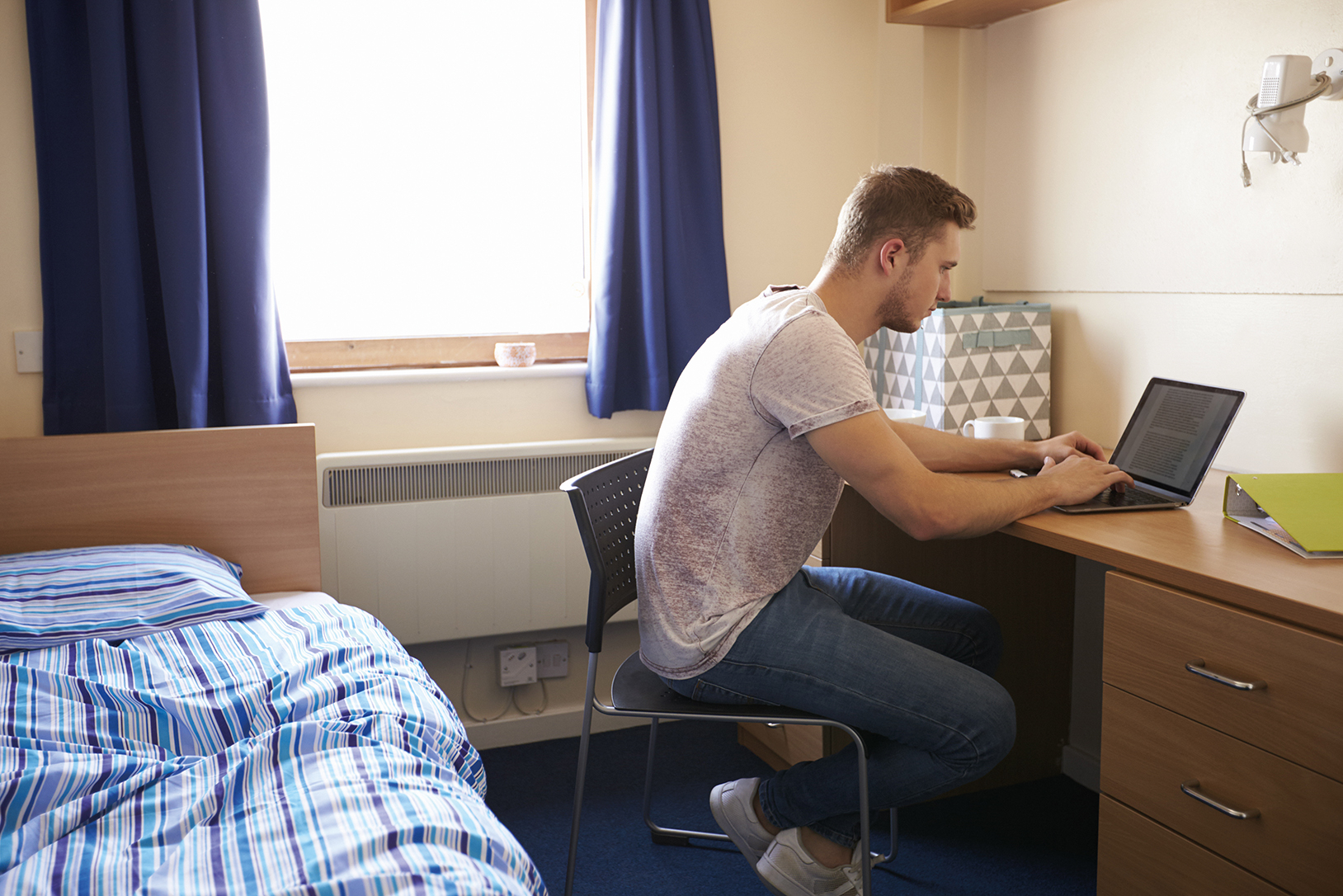In a first of its kind, CUBO in collaboration with real estate advisors JLL, has conducted a snapshot survey into the occupancy rates in university-owned purpose built student accommodation (PBSA).

In a first of its kind, CUBO (College and University Business Officers - the professional association for senior managers of commercial and campus services in higher education) in collaboration with real estate advisors JLL, has conducted a snapshot survey into the occupancy rates in university-owned purpose built student accommodation (PBSA).
Key findings of the research are :
- At the start of the research period (1 December 2017) a quarter of the universities had 100% occupancy while two-thirds had above 97%. The lower and higher ends of the rent ladder experienced the lowest initial occupancy.
- Over the course of the year (up to 1 May 2018), 73% of halls experienced a drop in occupancy.
- Interestingly, the largest fall in occupancy (35%) occurred in a residence with no communal facilities.
- Older buildings and less well maintained had the lowest of occupancies. It seems that it is difficult to attract students to some older buildings and there was a clear pattern of these residences experiencing low occupancy. It is possible that outward appearance, despite some significant investment in the refurbishment of some of these buildings, has played a factor.
- The worse the building, the more likely that students would move out mid-year if they had the chance to.
- Those buildings with shared bathroom facilities were less popular.
- In off-campus residences, there seemed no correlation between occupancy and availability of various on-site facilities, such as common room/social space, dedicated study room, computer room (computers provided), café or bar and games room for example: a surprising finding that needs further research.
- Location was a factor, and the lowest performing halls were more likely to be further away from the campus and library. They were also towards the cheaper end of the ladder of rents in the city they related to, but despite the affordable rent, they were still low performing, so price is not an overriding factor for some students, who opted to live elsewhere.
- It seemed that even positioning rents below the direct market-led rates does not guarantee occupancy. In fact, the lower the rent, the larger the reduction in occupancy occurred.
Robert Kingham, Director of Higher Education for JLL, commented on the findings:
“Many of the findings bear out what we are seeing across all of our work with universities, which is all around students’ flight to better-quality accommodation. Some of the findings were intriguingly counter-intuitive, though, and suggest that received wisdom about what makes a popular hall needs re-appraising.”